Body no. 1100 Every so often an old car emerges from long term hibernation, its storage seemingly having done little but to preserve its appearance. Often times an auctioneer’s phone rings with ‘a remarkable discovery’, only to find that the reality is that the car is somewhat ‘humdrum’ and not of great interest, and then there are cars like this extraordinary 3-Liter Bentley! Not only is the car one of the more desirable Speed Models, which Bentley Motors built on their sporting shorter 9ft 9in wheelbase, but it carries original coachwork by the master coachbuilders of Vanden Plas, whose narrow gauged sports tourers not only looked the epitome of sporting genre of the day but were also sturdy yet svelte enough to be chosen by the company for almost all of their competition cars from Le Mans to Brooklands and the Tourist Trophy. Better still that coachwork, takes the unusual form of a 3-door sports tourer, a style which tended to be preferred by the works for their racing endeavors. Offered between 1924 and 1929, 3-Liter Speed Model production reached just 831 units. Even in the marque's most prolific years during the 1920s, total Bentley production rarely exceeded 400 chassis annually. Reportedly, buyers often endured a two-year waiting list to obtain their 3-Liter car. Built on a shortened chassis, the Speed Model was powered by a special dual-carbureted engine. This higher-performance edition would be known as the red-label Bentley, as the background of its winged radiator badge was filled with that color. (The 120-inch wheelbase standard 3-Liter chassis with single carburetor had a blue badge background.) Copies of the original records from Vanden Plas from historian Tim Houlding confirm it to have been supplied in the form it takes today, while Bentley records confirm that the car was supplied late in 1924 finished in blue and black livery and sold to J. Kennedy of Newcastle-on-Tyne, UK. They go on to chart the car through the vintage period. Typically, when one escorts oneself back to the roaring Twenties and imagines the original Bentley Boy racer behind the wheel, the records denote the odd minor scrape, incident and the like and chassis 849 is no exception to this rule, its service record including replacement braked front axle fitted at one point. When inspected today these service records tally with the car in the mettle, that later replacement axle bearing the number AH 1451 a later 3-liter unit that never corresponded to a car and so must have been a works spare, the back axle carries the same number. Through the 1930s the car’s history is listed on the build sheets, then by 1957 it was with a W.H.W. Howes still in the UK. Around 1963 it is known to have arrived in the USA, changing hands just twice more to P.Suckling and A.L.Radcliff before arriving with the present owner. It is thought to have benefited from a cosmetic refurbishment most probably in the Suckling ownership, but even that work now shows some age. A cursory glance around the car today shows how authentic and correct the car is, its bodywork is stamped with the Vanden Plas body number as would be expected. The paint is flaking in places, and a few of the period details that these cars are known for seem to have been lost over time, but nevertheless, the car remains a very handsome sporting tourer. On close inspection, its numbers tally correctly, the chassis being very clearly stamped in the front dumb iron ‘knuckle’, hood, gearbox, front and back axles (as listed above) etc. An ‘S’ is stamped on the car’s engine number, which denotes that this would have been a factory replacement unit at some time. Strangely despite the authenticity of this article, and perhaps owing to its disappearance from British Bentley circles many years ago, today a second car using this identity that has been built up in recent times in the UK. However there can be little doubt that from stem to stern this is an authentic, unmolested 3-liter and its known history confirms
Body no. 1100 Every so often an old car emerges from long term hibernation, its storage seemingly having done little but to preserve its appearance. Often times an auctioneer’s phone rings with ‘a remarkable discovery’, only to find that the reality is that the car is somewhat ‘humdrum’ and not of great interest, and then there are cars like this extraordinary 3-Liter Bentley! Not only is the car one of the more desirable Speed Models, which Bentley Motors built on their sporting shorter 9ft 9in wheelbase, but it carries original coachwork by the master coachbuilders of Vanden Plas, whose narrow gauged sports tourers not only looked the epitome of sporting genre of the day but were also sturdy yet svelte enough to be chosen by the company for almost all of their competition cars from Le Mans to Brooklands and the Tourist Trophy. Better still that coachwork, takes the unusual form of a 3-door sports tourer, a style which tended to be preferred by the works for their racing endeavors. Offered between 1924 and 1929, 3-Liter Speed Model production reached just 831 units. Even in the marque's most prolific years during the 1920s, total Bentley production rarely exceeded 400 chassis annually. Reportedly, buyers often endured a two-year waiting list to obtain their 3-Liter car. Built on a shortened chassis, the Speed Model was powered by a special dual-carbureted engine. This higher-performance edition would be known as the red-label Bentley, as the background of its winged radiator badge was filled with that color. (The 120-inch wheelbase standard 3-Liter chassis with single carburetor had a blue badge background.) Copies of the original records from Vanden Plas from historian Tim Houlding confirm it to have been supplied in the form it takes today, while Bentley records confirm that the car was supplied late in 1924 finished in blue and black livery and sold to J. Kennedy of Newcastle-on-Tyne, UK. They go on to chart the car through the vintage period. Typically, when one escorts oneself back to the roaring Twenties and imagines the original Bentley Boy racer behind the wheel, the records denote the odd minor scrape, incident and the like and chassis 849 is no exception to this rule, its service record including replacement braked front axle fitted at one point. When inspected today these service records tally with the car in the mettle, that later replacement axle bearing the number AH 1451 a later 3-liter unit that never corresponded to a car and so must have been a works spare, the back axle carries the same number. Through the 1930s the car’s history is listed on the build sheets, then by 1957 it was with a W.H.W. Howes still in the UK. Around 1963 it is known to have arrived in the USA, changing hands just twice more to P.Suckling and A.L.Radcliff before arriving with the present owner. It is thought to have benefited from a cosmetic refurbishment most probably in the Suckling ownership, but even that work now shows some age. A cursory glance around the car today shows how authentic and correct the car is, its bodywork is stamped with the Vanden Plas body number as would be expected. The paint is flaking in places, and a few of the period details that these cars are known for seem to have been lost over time, but nevertheless, the car remains a very handsome sporting tourer. On close inspection, its numbers tally correctly, the chassis being very clearly stamped in the front dumb iron ‘knuckle’, hood, gearbox, front and back axles (as listed above) etc. An ‘S’ is stamped on the car’s engine number, which denotes that this would have been a factory replacement unit at some time. Strangely despite the authenticity of this article, and perhaps owing to its disappearance from British Bentley circles many years ago, today a second car using this identity that has been built up in recent times in the UK. However there can be little doubt that from stem to stern this is an authentic, unmolested 3-liter and its known history confirms





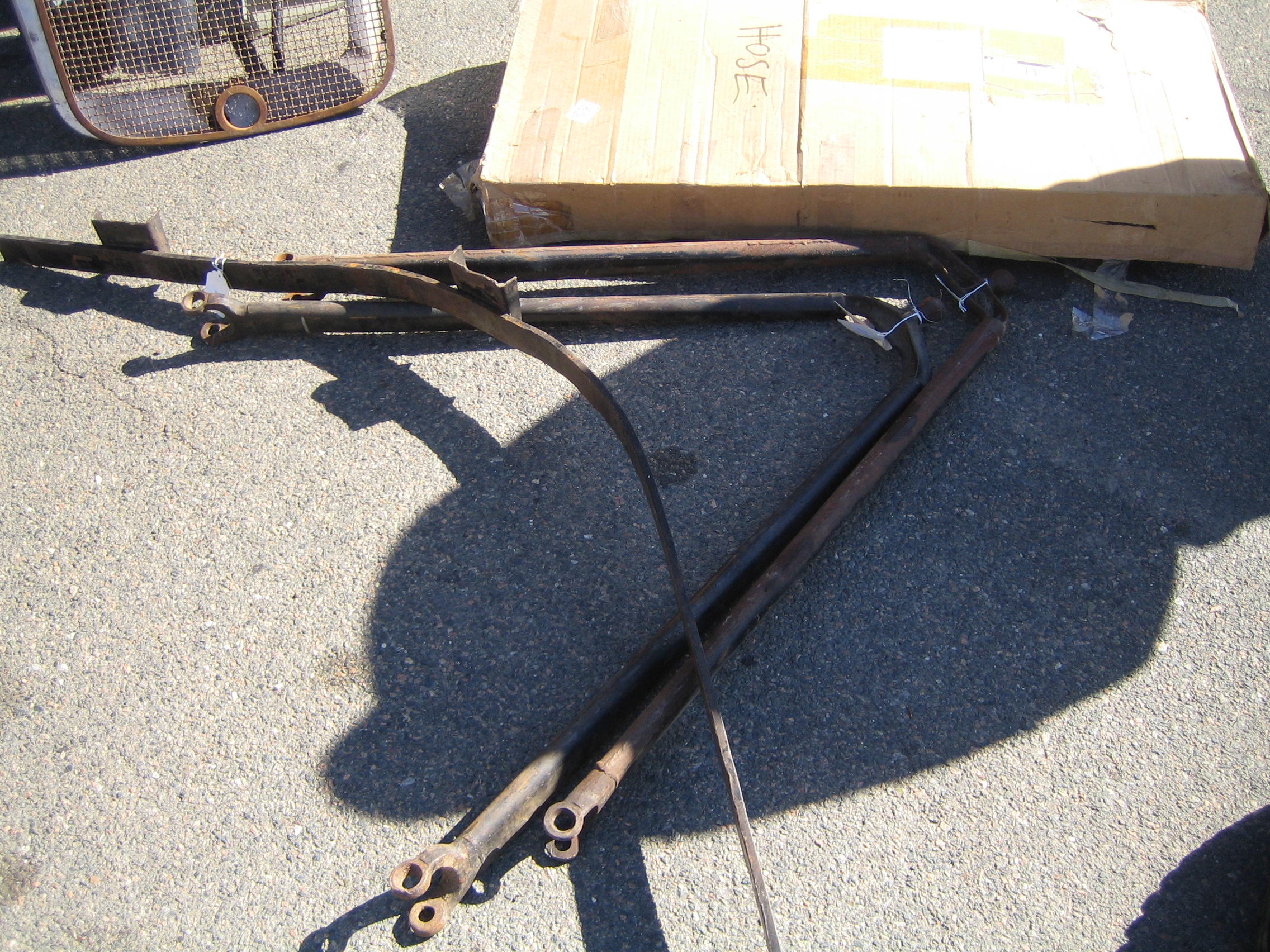
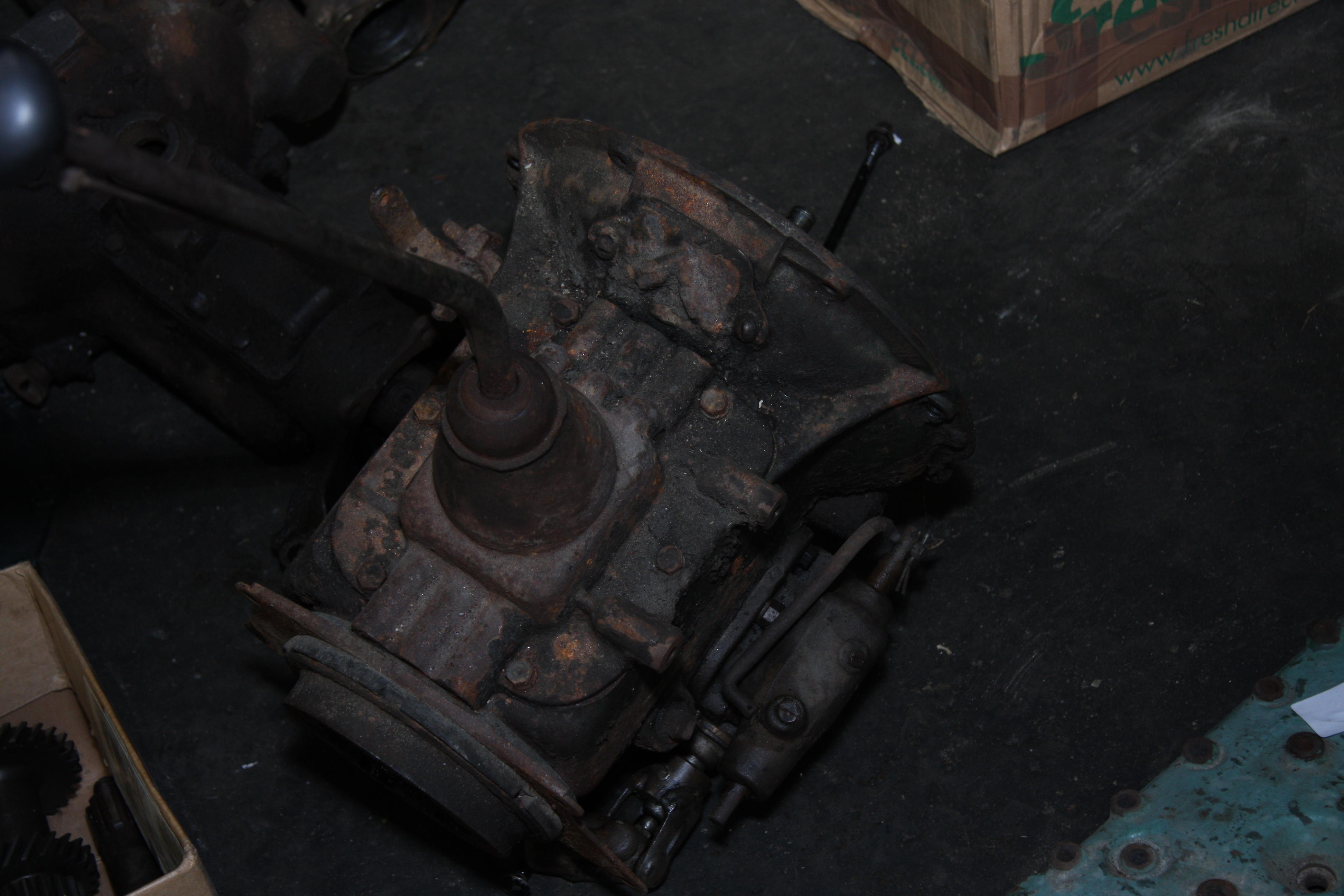


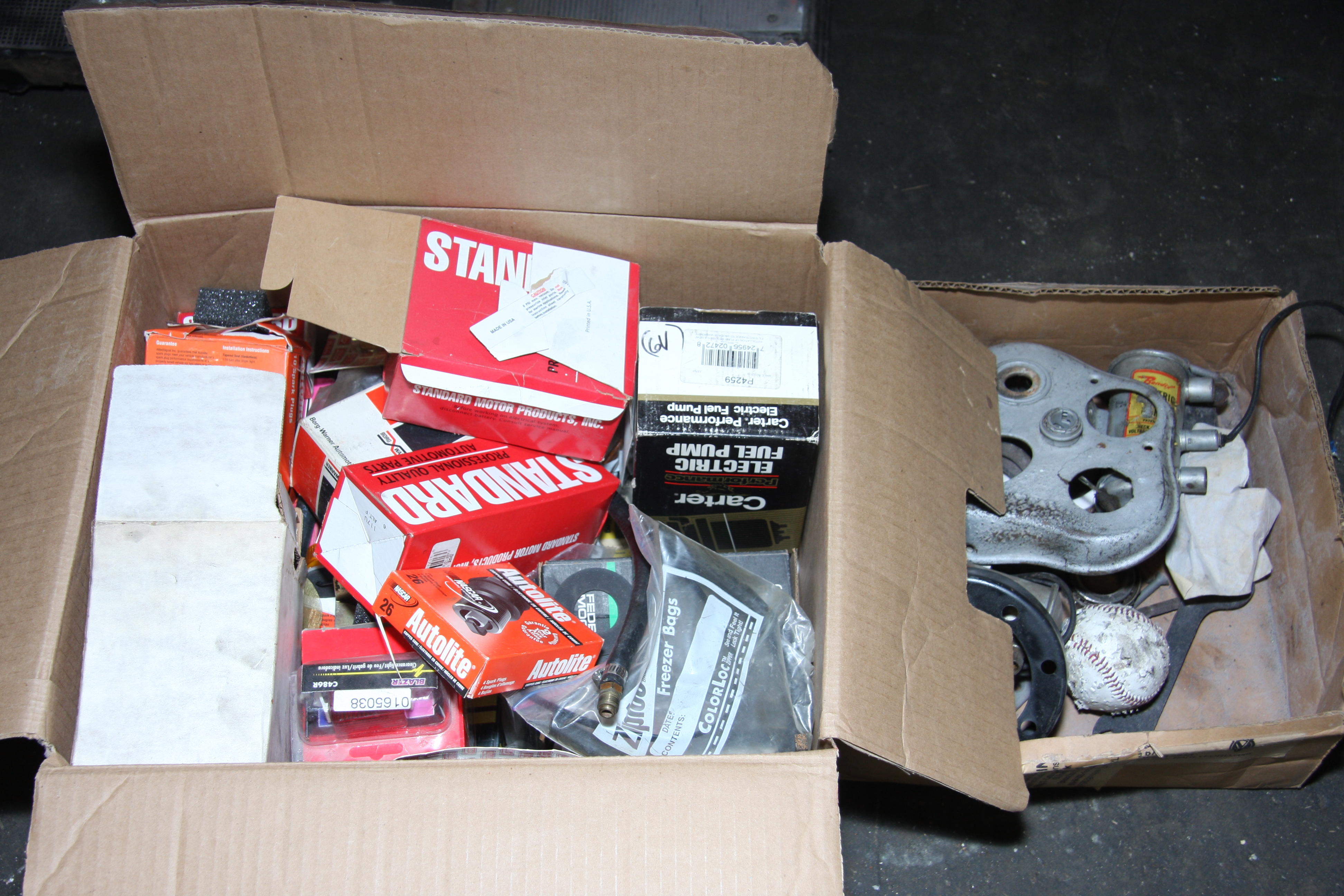
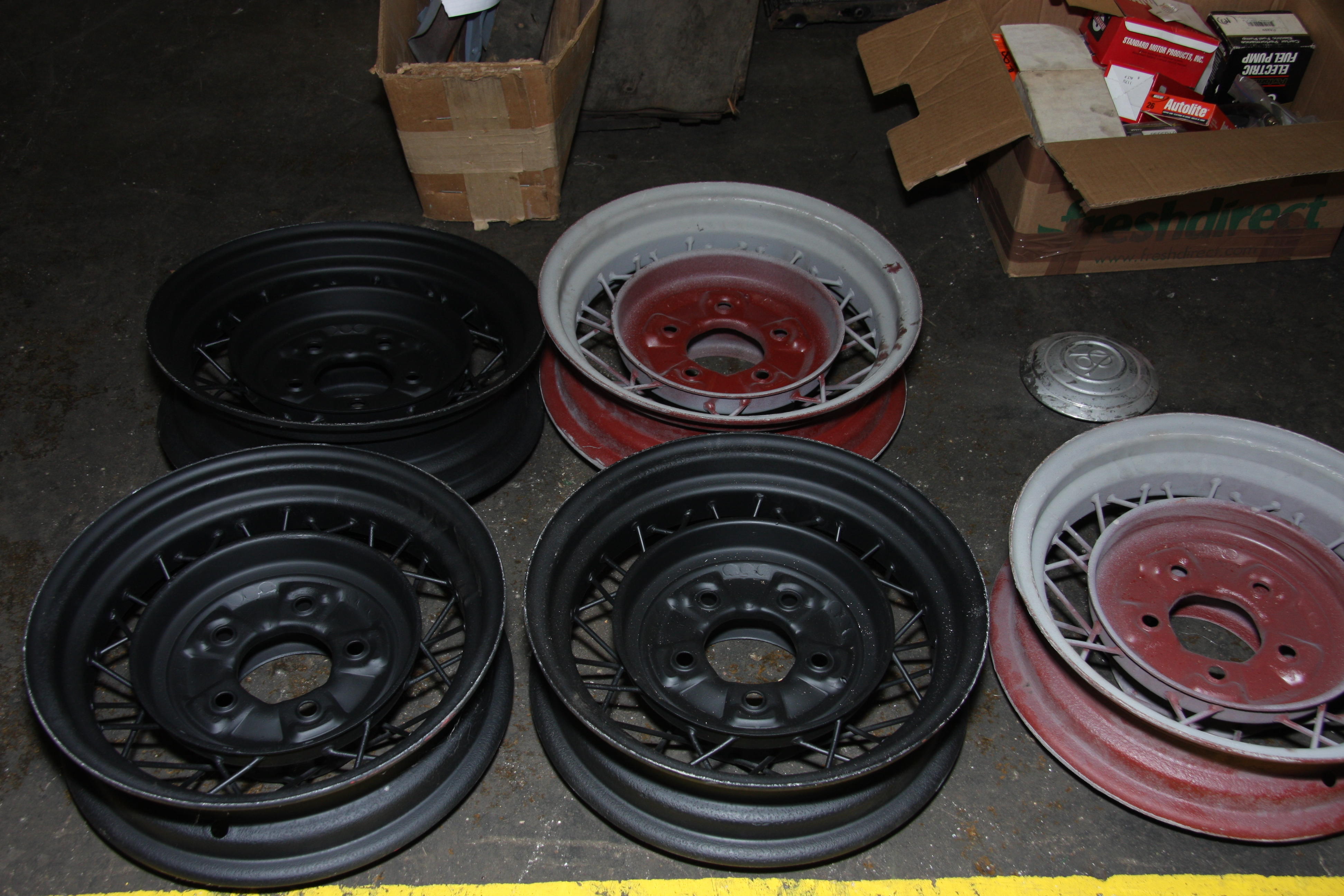
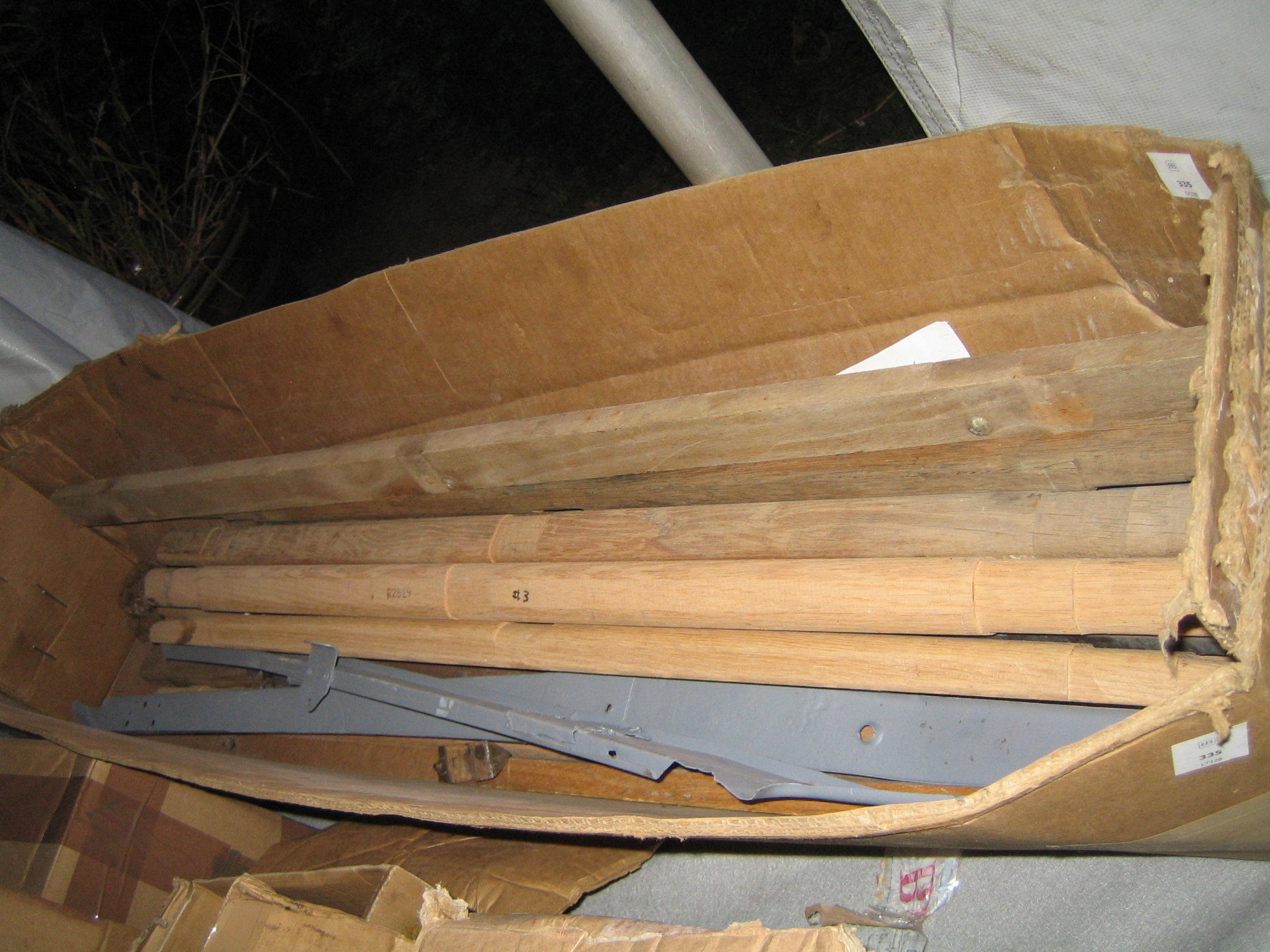


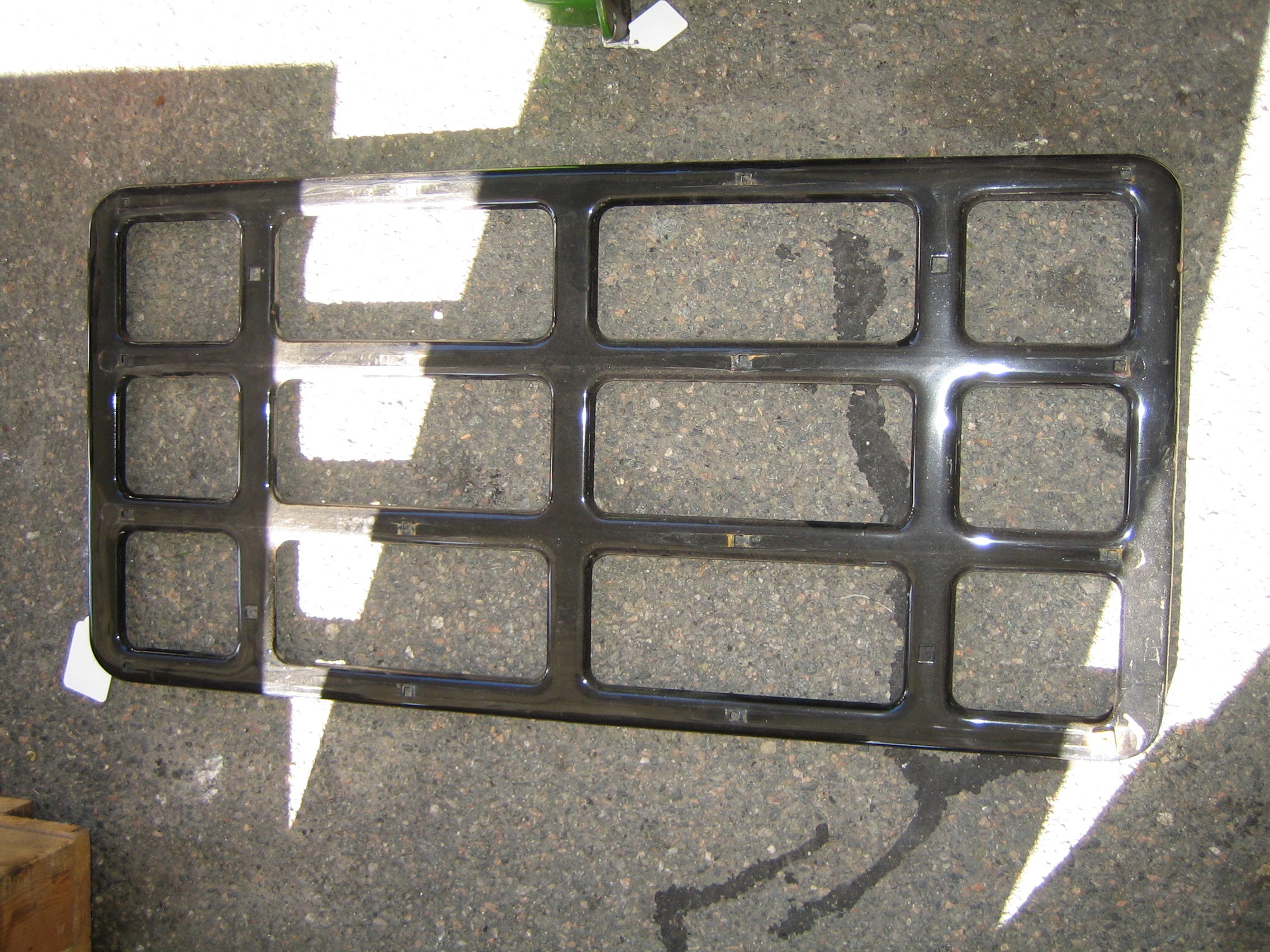
Testen Sie LotSearch und seine Premium-Features 7 Tage - ohne Kosten!
Lassen Sie sich automatisch über neue Objekte in kommenden Auktionen benachrichtigen.
Suchauftrag anlegen